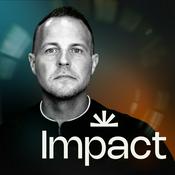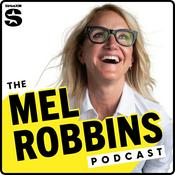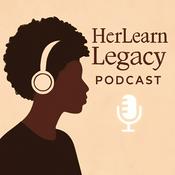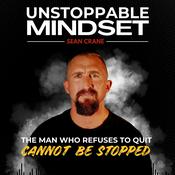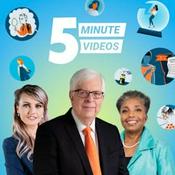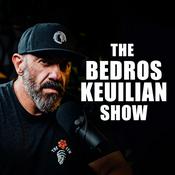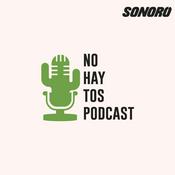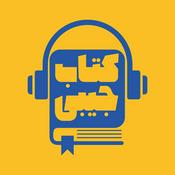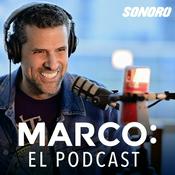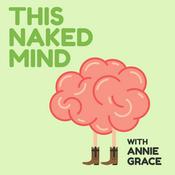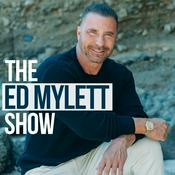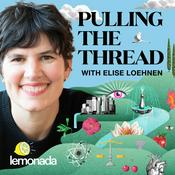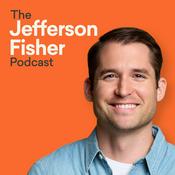Available Episodes
5 of 55
- 30. Building Yes Spaces So Autistic Kids Can Truly LeadIn this episode of Let Them Lead, Nicole Casey discusses the concept of "yes spaces" in therapy and educational settings, emphasizing their importance for both autistic students and educators. She explains how creating environments where children can explore safely without constant redirection fosters authentic communication and co-regulation. Nicole shares practical tips for setting up yes spaces, highlighting the balance between freedom and safety, and the benefits for both students and educators. Takeaways: Creating yes spaces allows children to explore safely. Yes spaces reduce the need for constant redirection. They foster authentic communication and co-regulation. Yes spaces benefit both students and educators. Balance between freedom and safety is crucial. Yes spaces are not about chaos but thoughtful design. Boundaries are built into the environment, not enforced. Yes spaces make therapy feel lighter and freer. They help educators focus on connection, not crisis management. Yes spaces support nervous system regulation for all. Chapters 00:00:00 Introduction to Yes Spaces 00:03:00 Benefits of Yes Spaces 00:06:00 Creating a Yes Space 00:09:00 Balancing Freedom and Safety 00:12:00 Practical Tips for Yes Spaces 00:15:00 Conclusion and Reflections yes spaces, child-led therapy, autism, co-regulation, educational environments--------33:49
- 29. It Wasn't the Child: How a Broken System Led to My ConcussionIn this episode, Nicole Casey discusses the challenges and emotional impact of working with autistic children, focusing on incidents where educators face physical injuries. She shares personal experiences, emphasizing the need for systemic change and proactive support to prevent such situations. Nicole advocates for understanding over blame and highlights the importance of co-regulation and emotional safety. Takeaways We need to talk about the hard things to move forward. Injuries at work are not the child's fault. Systemic issues contribute to workplace injuries. Co-regulation is key to preventing incidents. Blame should not be placed on children or staff. Proactive support systems are necessary. Understanding the nervous system is crucial. Reflective debriefs can lead to real change. Safety trainings should focus on prevention. Advocacy is essential for systemic change. autistic children, physical injuries, systemic change, co-regulation, emotional safety--------48:38
- 27. It's Not Chaos: How to Explain Child-Led Therapy to Skeptical Parents and TeamsIn this episode, Nicole Casey discusses how to handle situations where one's approach in therapy is questioned or judged. She emphasizes the importance of understanding the root of such questions, often stemming from fear, and advocates for a collaborative and curiosity-driven response rather than defensiveness. The conversation also touches on setting boundaries with colleagues and the challenges of implementing child-led therapy, highlighting the need for clear communication and shared goals. Takeaways When feeling questioned, it's important to pause and reflect. Defensiveness can hinder effective communication and learning. Understanding the root of questions can lead to better responses. Finding common ground helps in collaborative discussions. Child-led therapy is evidence-based and not chaotic. Protest from children can be a sign of autonomy, not failure. Setting boundaries with colleagues is crucial for maintaining focus. Providing clear information about therapy can alleviate concerns. It's essential to connect and collaborate rather than convince. Child-led therapy requires flexibility and self-awareness. Chapters 00:00 Navigating Questions and Judgments 10:09 Defensive Responses and Their Impact 19:40 Finding Common Ground in Therapy 24:18 Setting Boundaries with Colleagues 31:22 The Challenges of Child-Led Therapy therapy, child-led, communication, defensiveness, collaboration, behaviorism, GLP, education, parenting, professional boundaries--------34:13
- 26. The Ripple Effect of Better Goals: How to Write What Truly Reflects Progress (+ Join the Free Workshop)Join our free Rubric workshop- happening TOMORROW at 7 PM EST! In this episode, Nicole Casey discusses the challenges of writing meaningful goals in therapy, particularly for autistic students. She emphasizes the importance of aligning goals with therapeutic approaches and using dynamic assessments and rubric-based documentation to capture authentic progress. Nicole provides strategies for confidently defending these methods in conversations with administrators and highlights the need for a shift in how progress is measured to better support students' communication development. Takeaways Conversations about student goals can be challenging. Goals often don't reflect actual progress seen in therapy. It's important to align goals with therapeutic approaches. Dynamic assessment can provide more meaningful data. Rubric-based goals offer a clearer picture of progress. Measurable goals should reflect real-life communication needs. Testing and intervention should not be conflated. Collaboration among team members enhances data collection. Rubrics can help prevent vague or overloaded goals. Confidence in goal writing can improve outcomes for students. Chapters 00:00 Navigating Goal Conversations in Therapy 03:45 The Importance of Meaningful Goals 09:32 Dynamic Assessment and Rubric-Based Goals 14:42 Defending Your Goal Writing Approach 29:11 The Future of Goal Writing in Therapy goal writing, therapy, rubric-based goals, dynamic assessment, meaningful progress, autism, communication, IEP goals, data collection, child-led approach--------30:11
- 25. Can They Just Be Kids? The Datafication of Autistic ChildhoodJoin the FREE Rubric Reset Workshop, live on November 12: Grab your free ticket here >> REGISTER NOW In this episode, Nicole Casey discusses the unique challenges faced by autistic children in relation to their childhood experiences. She emphasizes the importance of understanding the balance between therapy and allowing children to simply be kids. The conversation highlights the need for unstructured time, the impact of excessive therapy, and the significance of quality over quantity in therapeutic approaches. Nicole encourages parents and professionals to prioritize the well-being and happiness of autistic children, advocating for a more holistic view of childhood that includes joy and relaxation alongside skill development. Takeaways: Autistic children experience childhood differently than neurotypical children. Progress in therapy is not always linear and can fluctuate based on a child's emotional state. Parents should sometimes reframe their perspective on their child's behavior to see it as part of being human. Excessive therapy can lead to burnout and detract from a child's ability to simply enjoy childhood. Quality of therapy is more important than the quantity of hours spent in therapy. Children need unstructured time to play and explore without therapeutic demands. Rest and downtime are essential for both children and families. Parents should trust their instincts about what is best for their child. Therapists should be mindful of the impact of their recommendations on a child's childhood. Childhood should be a time for joy, exploration, and connection, not just therapy. Chapters 00:00 Understanding Childhood for Autistic Kids 07:18 The Impact of Therapy on Childhood 14:30 Quality Over Quantity in Therapy 22:30 Balancing Structure and Freedom 30:35 The Importance of Rest and Unstructured Time autism, childhood, therapy, gestalt language processing, parenting, neurodiversity, child development, mental health, unstructured play, balance--------36:41
More Education podcasts
Trending Education podcasts
About Let Them Lead: The Child-Led Autism Podcast
Hosted by Nicole Casey, speech-language pathologist and founder of The Child-Led SLP, Let Them Lead is the go-to podcast for professionals and caregivers who want to support autistic kids with respect, trust, and connection.
Each week, we explore child-led, neuroaffirming approaches to communication, play, and therapy—centered around the belief that autistic kids deserve communication partners who honor and support them holistically. Whether you're navigating gestalt language processing, AAC, sensory differences, or just want to break free from compliance-based systems, you're in the right place.
You'll hear honest conversations, practical strategies, and plenty of real-life examples to help you unlearn old habits and confidently support the kids you love or work with. No behavior charts. No rigid protocols. Just curiosity, compassion, and the freedom to follow your autistic child's lead.
Podcast websiteListen to Let Them Lead: The Child-Led Autism Podcast, IMO with Michelle Obama and Craig Robinson and many other podcasts from around the world with the radio.net app
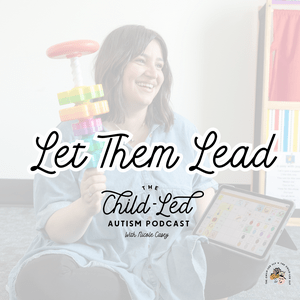
Get the free radio.net app
- Stations and podcasts to bookmark
- Stream via Wi-Fi or Bluetooth
- Supports Carplay & Android Auto
- Many other app features
Get the free radio.net app
- Stations and podcasts to bookmark
- Stream via Wi-Fi or Bluetooth
- Supports Carplay & Android Auto
- Many other app features


Let Them Lead: The Child-Led Autism Podcast
Scan code,
download the app,
start listening.
download the app,
start listening.



